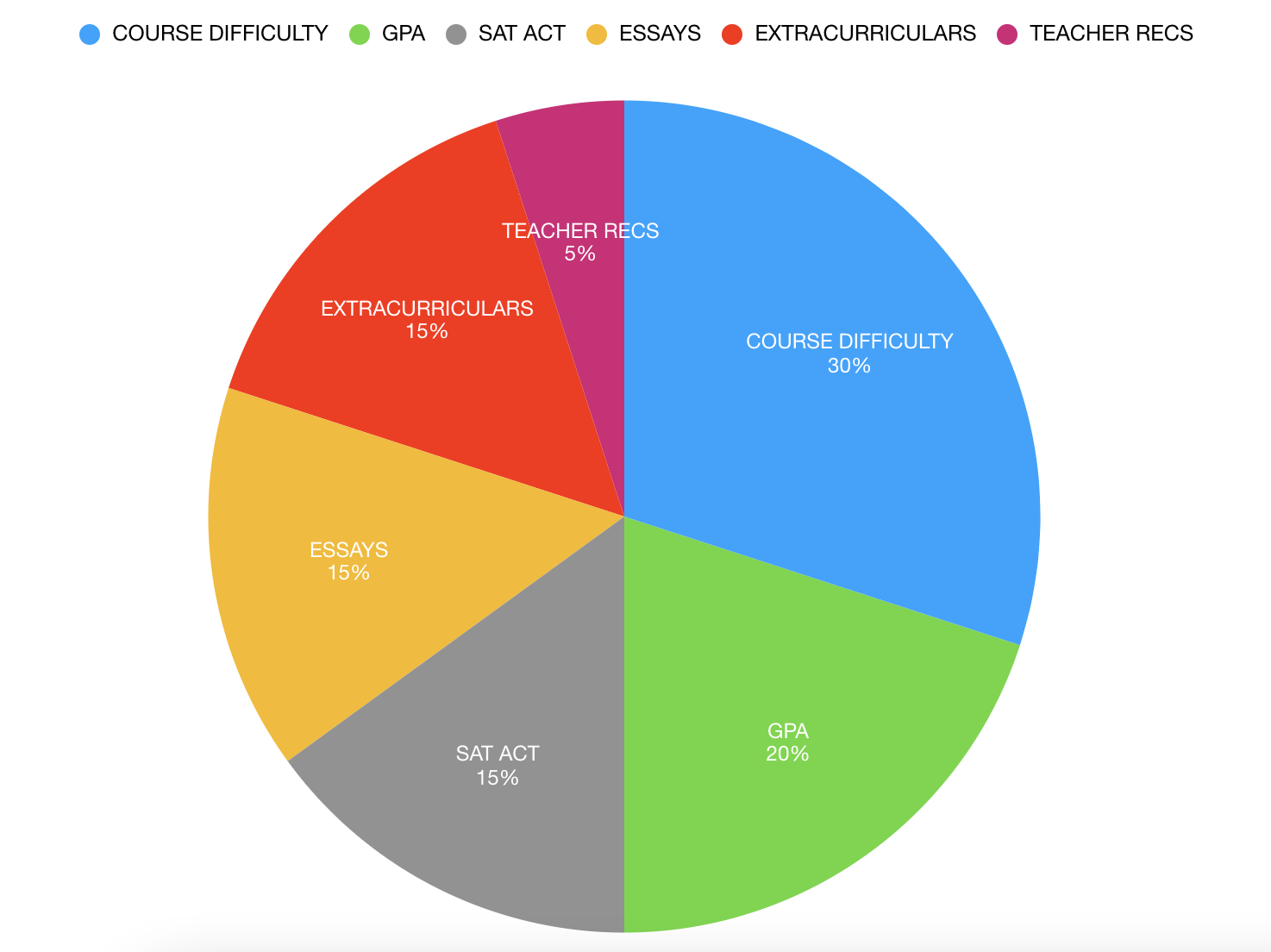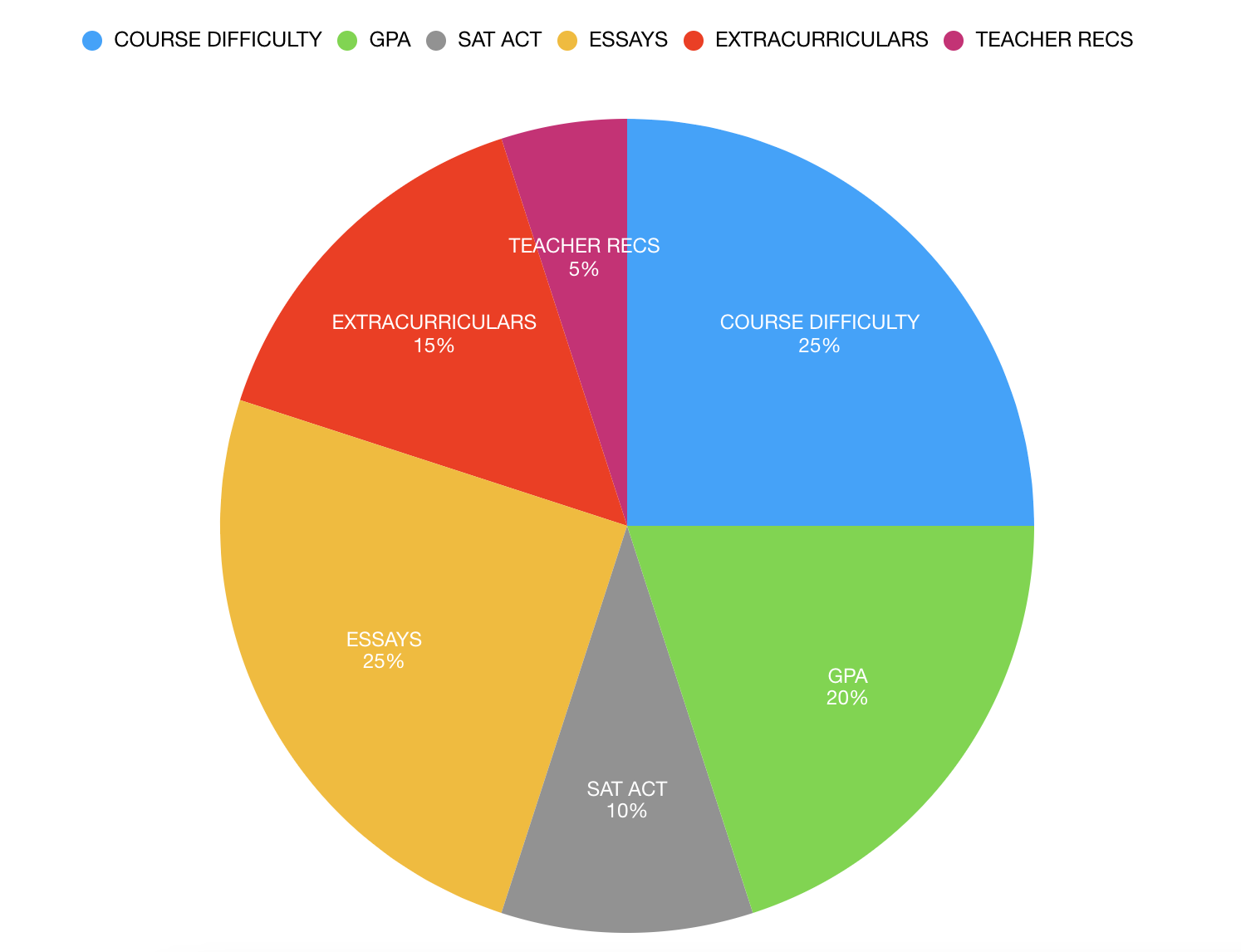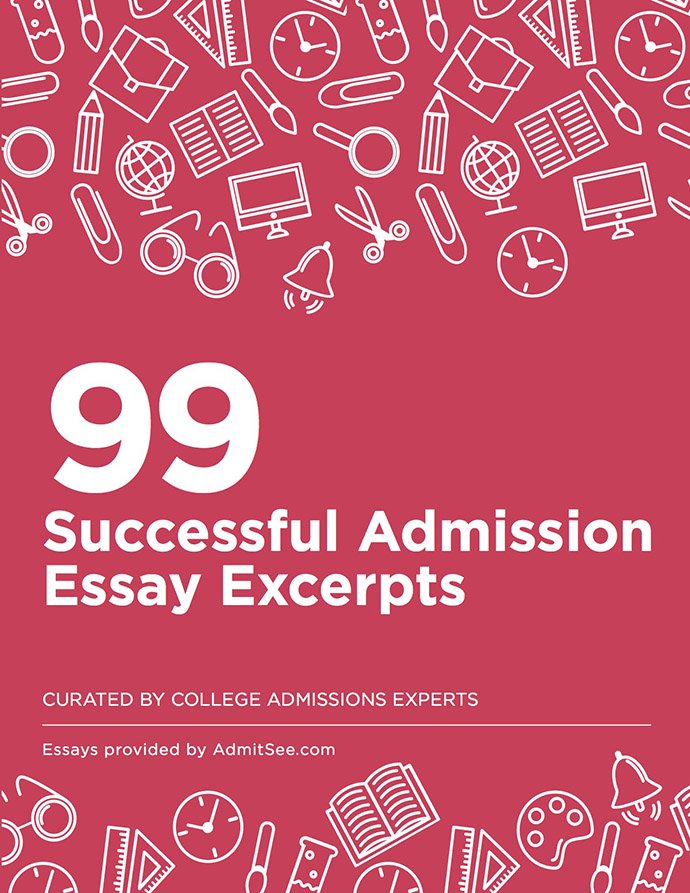In Part one of this two-part series, college admissions coach Justin Taylor explains key lessons about 2020 that could seriously boost your chances in 2021.
Top schools saw a tsunami of applications from highly qualified students in 2020 (a 20%-100% increase), leaving many students locked out of their top choices and left to choose between offers from their safety schools. However, Justin of Wow College Essay helped his students get accepted to their top choices, such as UPenn, UC Berkeley, and Williams. What set them apart in “the year like no other” and what can you do for your college dreams in 2021?
Part 1: Smarter List Building and Transcript Boosting
Keep non-brand name schools on your list
In 2020, the top 100 schools saw an increase in interest so steep that their acceptance rates dropped, in some cases to single digits (Brown went from 10% to 5%; Middlebury went from 24% to 16%; NYU from 15% to 12%). While the number of applicants remained the same, the number of applications increased - 11% - and all of that increase went to the top schools. Meanwhile, quality, lower-tier schools, state schools and community colleges saw an equivalent plummet in interest, struggling to attract students (and, in some cases, to stay financially solvent). Rather than level our college system, eliminating testing further separated these two tiers.
Takeaway: Don’t repeat the “scattershot for the moon” strategy of last year’s students. A healthy college search should always include mid-tier and state schools like Rutgers, SUNY Binghamton, University of Maryland and Cal Poly. A lack of brand name reputation does not signal a lack of quality. These schools can often be the perfect fit for students who seek an exploratory four years, know how to make the most of where they are planted, want personal relationships with their professors, and (in the case of state schools) want to save the big educational expenses for grad school when they know themselves better.
I had one student, Isabelle, who fit this description. She wanted to explore business, design, and dance for a couple years before declaring a major. But her top-choice - Colgate - surged in popularity (103% increase in applications) dropping their acceptance rate from 27% to 17% and locking her out. Thankfully, we did good homework, and a less selective but equally solid fit, Lehigh University, made her list. While Lehigh also increased in competitiveness, she now has a place there and is elated.
Keep your options open and keep non-brand name schools on your list.
The transcript is king
The number one thing colleges look for in an applicant is college readiness. Can the student excel in college-level classes? While in previous years, transcripts were the cornerstone of any application, tests like the SAT/ACT, AP exams, and SAT Subject tests were also given quite a bit of weight in determining college readiness. As we all know, 2020 saw the near complete elimination of high stakes testing from the process. So what filled that gap? A laser focus on transcripts. But not just grades. Top schools used comprehensive review processes to determine the difficulty of student courses, or “academic rigor.” The greater number of advanced courses the student took, the more they succeeded with top schools.
For 2021, the trend will continue. Testing has been relegated to the back seat for the foreseeable future at most schools (more on that next week), so students looking to compete in the admissions process should aim to take as many college-level courses as they can find: AP or honors courses, college courses taken remotely, and summer pre-college. Ask your high school college counselor which courses it deems “college level,” but don’t let your school’s offerings stop you. Online AP or college-level courses are available to any high school student with an internet connection for reasonable fees. In fact, colleges love seeing a student who took their education into their own hands and sought out challenges above and beyond their school’s offerings.
But does it make sense for a budding history major to take AP Calculus?
Takeaway: If you want to go to the top competitive schools: yes, take the hardest courses possible in every topic you can. Cornell, for example, rejected many humanities students (who will rarely use math at Cornell) because they did not have AP Calculus. These top schools are looking for signs a student can work at a very high level of academic rigor when they arrive and look to your transcript for evidence.
How many does it take?
My students admitted to the top schools had at least five—many closer to ten—college-level courses on their transcripts. For everywhere else, like flagship state schools, focusing college-level courses in your preferred topic should work.
Want more insights and strategies to outsmart the mess? Register for this free live webinar with Justin on May 12.
———
Next week, Justin Taylor will share three more big takeaways from the 2020-2021 college admissions cycle. Check back for Part 2 of this blog post. where he will elaborate on the predictions about admissions priorities he’s making below:
2021 Admissions Criteria Priorities
Top Private Schools (Brown, U Chicago, Columbia, etc.)

Mid-tier Private Schools, Flagship State Schools/“Public Ivies” (UMich, UNC, BU)

















 Back
Back